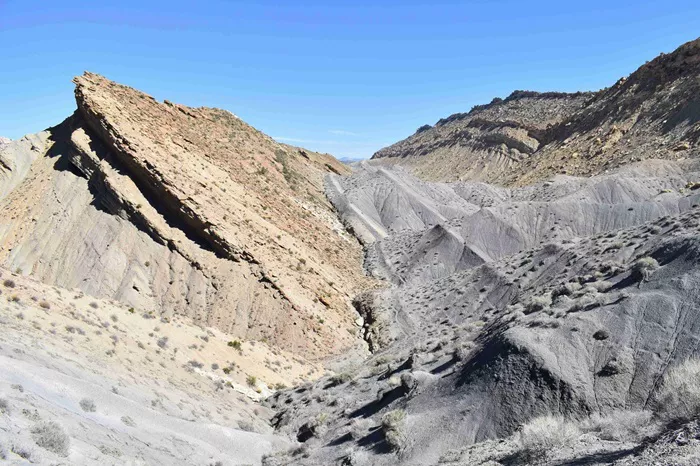Four largely unexplored sedimentary basins in India may harbor up to 22 billion barrels of oil, according to a recent report by S&P Global Commodity Insights. This potential surpasses the known reserves of the Permian Basin, which has produced 14 billion barrels out of an estimated 34 billion barrels of recoverable oil.
The report highlights lesser-known basins—Mahanadi, Andaman Sea, Bengal, and Kerala-Konkan—as having significant oil reserves. Rahul Chauhan, an upstream analyst at Commodity Insights, emphasized the underexplored opportunities within India’s oil and gas sector. “ONGC and Oil India currently hold acreage in the Andaman Sea under the Open Acreage Licensing Program (OALP) and have outlined major projects. Nonetheless, India’s oil sector would benefit greatly from the involvement of an international oil company with expertise in deepwater and ultra-deepwater exploration,” Chauhan noted.
At present, exploration activities cover only 10% of India’s 3.36 million square kilometers of sedimentary basins. Significant discoveries have been made in the Krishna-Godavari, Barmer, and Assam basins, yet other areas remain less developed. Of India’s total 3.14 million square kilometers of sedimentary basins, 1.3 million square kilometers are situated in deep waters. This year, India’s state-run Oil and Natural Gas Corporation (ONGC) commenced its first deepwater exploration in the Bay of Bengal’s Krishna-Godavari Basin, with plans to invest over $10 billion in the KG-DWN-98/2 block for further development.
Petroleum Minister Hardeep Singh Puri anticipates a rise in exploration coverage from the current 10% to 16% by 2024, thanks to new OALP rounds. To date, OALP has allocated 144 blocks spanning approximately 244,007 square kilometers. This policy allows exploration companies to nominate areas for oil and gas exploration and submit expressions of interest throughout the year, with areas auctioned three times annually. Puri projects that India’s exploration and production activities in the oil and gas sector will present $100 billion worth of investment opportunities by 2030.
In a related development, Oil India has announced plans to double its exploration acreage and is seeking partners for offshore ventures. Meanwhile, global exploration and production companies are increasingly focusing on deepwater and ultra-deepwater areas, with projections from Wood Mackenzie indicating a 60% increase in deepwater production, which will contribute 8% of overall upstream output by 2030. Ultra-deepwater production is expected to account for half of all deepwater production by that time.
India has also recently increased its windfall tax on petroleum crude from $71.78 to $83.75 per metric ton. Implemented in 2022, the windfall tax aims to incentivize domestic oil retention rather than export. The tax rate is reviewed bi-weekly to align with market prices and encourage local oil storage.
Despite a decline in oil production in the early 2000s, India remains the world’s third-largest oil importer, relying on imports for 85% of its petroleum needs.
Related topics:

